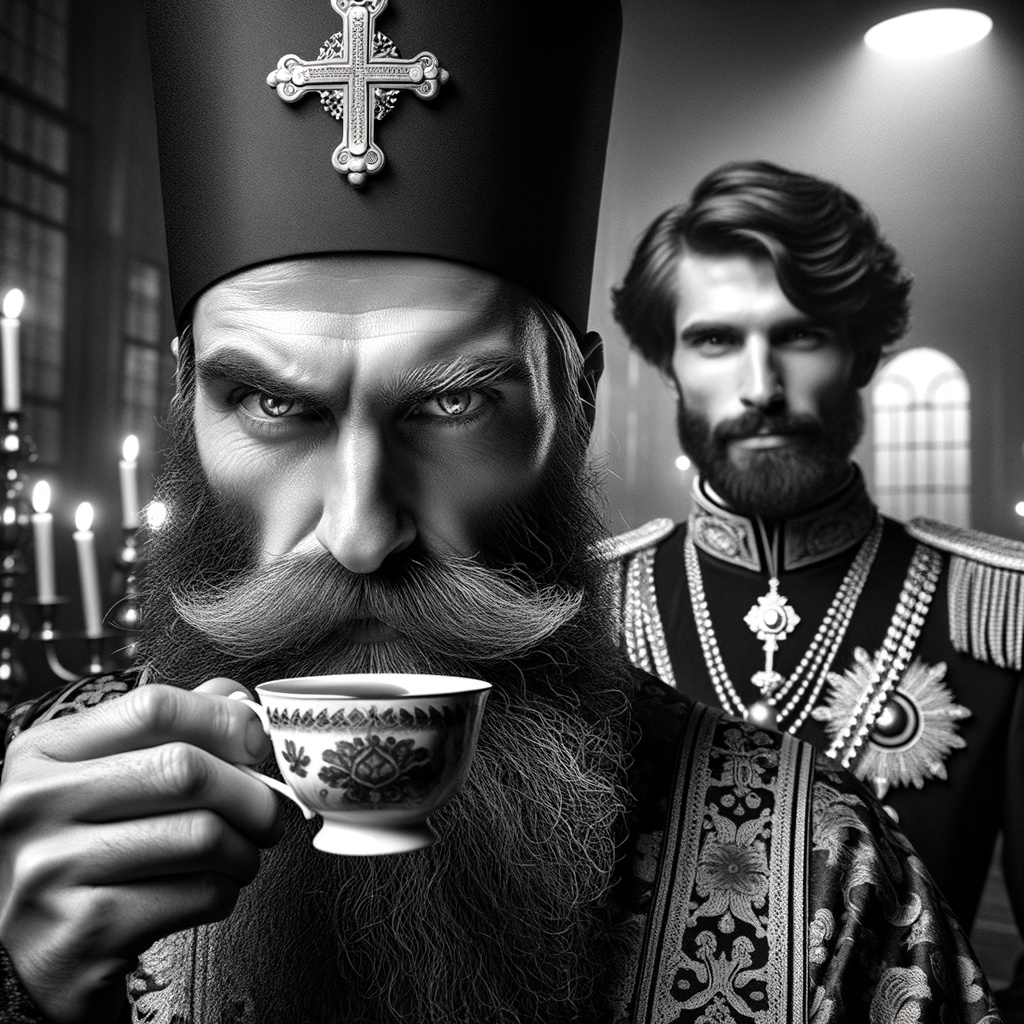In February 2022, Russian President Vladimir Putin indicated the possible use of nuclear weapons as he pushed ahead with the invasion of neighbouring Ukraine. This sent a shudder of familiarity down the spines of anybody aged 50 and over. Those of us who grew up in the last phases of the Cold War when fear of nuclear conflict reached a terrifying height in the early 1980s. For young people – this unfamiliar territory so let’s shine a light on the past.
Protect and Survive – advice on living through a nuclear war
It’s been a long time since nuclear war gave me butterflies in my stomach. But back in the early 1980s, many young people surveyed genuinely believed they would die in a nuclear conflict. From the mid-1970s, the United Kingdom government issued public information guidance on what to do in the event of a nuclear war. This culminated in 1980 with the issue of a notorious pamphlet: Protect and Survive.
This guidance was intended to be distributed to families once the nuclear threat was very real. Somehow, I got my hands on a copy back then and I share some images below. Very much in the DIY spirit of the time, people were instructed on how to radiation-proof their homes. This involved moving furniture in front of windows, blocking up fireplaces and creating a lean-to shelter by propping up doors against a wall.
A lot of this reflected Second World War approaches to surviving Nazi airborne bombing raids in major cities. You dug a shelter in the garden. Went underground. Avoided the blast as best you could. But given what we knew after the Hiroshima and Nagasaki nuclear explosions in Japan that ended World War Two in a blaze of catastrophic radiation – we were a bit sceptical about this pamphlet!
DISCOVER: Fear in history – what scared us in the past?
Protest and Survive – pamphlet reflecting widespread fear of nuclear war
In fact, Protect and Survive was ridiculed in an alternative pamphlet titled Protest and Survive. Authored by veteran Marxist historian E. P. Thompson, it included quotes from government documents that made sobering reading. For example, in 1976, the Home Office had issued guidance to the chief executives of local authorities on what to do after a nuclear attack:
“When radiological conditions permitted movement, district and borough London controllers should assume that one of the priority tasks for their staff, in areas where survivors where to continue residing, would be to collect and cremate or inter human remains in mass graves.”
And this from the Home Office advising healthcare managers:
“Trained health service staff would be vital to the future and should not be wasted by allowing them to enter areas of high contamination where casualties would, in any case, have small chance of long-term recovery.”
FIND OUT MORE: AIDS and Soviet disinformation in the 1980s
Fear about nuclear war returns as never before
The end of the 1970s saw a dramatic change in the global political dynamic. Ronald Reagan was elected president in the United States and Margaret Thatcher in the United Kingdom. The rhetoric towards the Soviet Union was dialled up and on both sides, new nuclear weapons were deployed. To be blunt – this freaked young people out. And suddenly, protest about nuclear weapons was back in vogue!
The Campaign for Nuclear Disarmament (CND) saw a huge surge in membership and monster demonstrations through the middle of London. About 300,000 marched in 1983. I attended the 1981 demos where an estimated quarter of a million marched.
This was a revival for CND from its previous heyday in the 1950s when earnest students and intellectuals in duffel coats had rallied in Westminster or marched on the atomic weapons research establishment at Aldermaston. But after the 1963 Test Ban Treaty and a calming in tensions between the Soviet Union and the United States, fear of nuclear war and protest activity receded.
In fact, in the 1970s – a decade brimming with protest movements – anti-nuclear barely got a look in. Driving through Europe as a kid in the 70s with my parents, the most notable anti-nuclear presence were German hippies in VW camper vans covered in smiley anti-nuclear stickers saying: Atomkraft? Nein Danke.
Otherwise, we switched on our TVs to see the US President of the day (Richard Nixon then later Jimmy Carter) engaged in long and tedious negotiations with the Soviet President Leonid Brezhnev to limit their respective nuclear arsenals. Even as a politics-obsessed child, I struggled to be interested in the Strategic Arms Limitation Talks or SALT for short. Things on the nuclear front seemed to be broadly under control with the certainty of mutually assured destruction (appropriately MAD for short) ruling out the use of these bombs.
And then everything changed. Thatcher and Reagan were demonised as the architects of an upcoming Armageddon. Women protestors set up a Peace Camp outside the Greenham Common armed forces base over the proposed siting of cruise missiles there. Pop groups began singing about nuclear conflict – the list of songs on the topic is endless from this period. I try and avoid linking to Wikipedia but on this occasion – there is a comprehensive list of 80s nuclear pop hits HERE.
Fear of nuclear war recedes again
With the collapse of the Soviet Union at the start of the 1990s, the fear moved to nuclear material finding its way into the wrong hands – especially terrorists. But the idea of nation states using nuclear weapons in a war that could wipe us all out faded away. Well, history is cruel. And here we are again. Let’s see if Vladimir Putin would really do what Leonid Brezhnev was not prepared to countenance.















